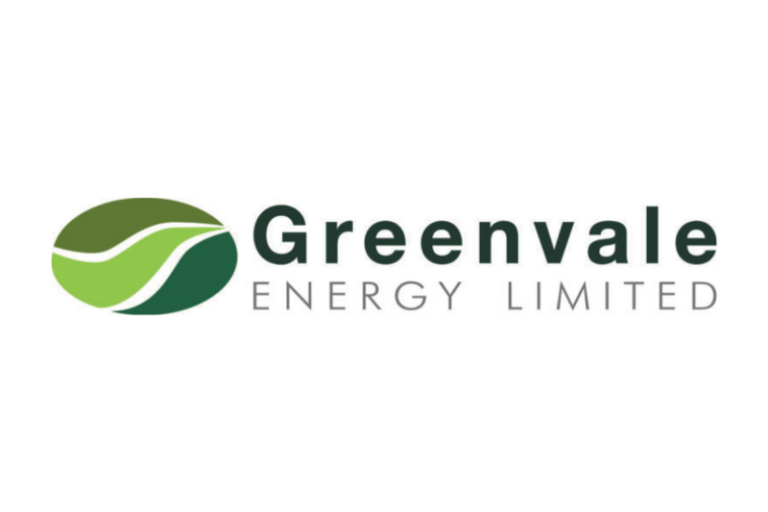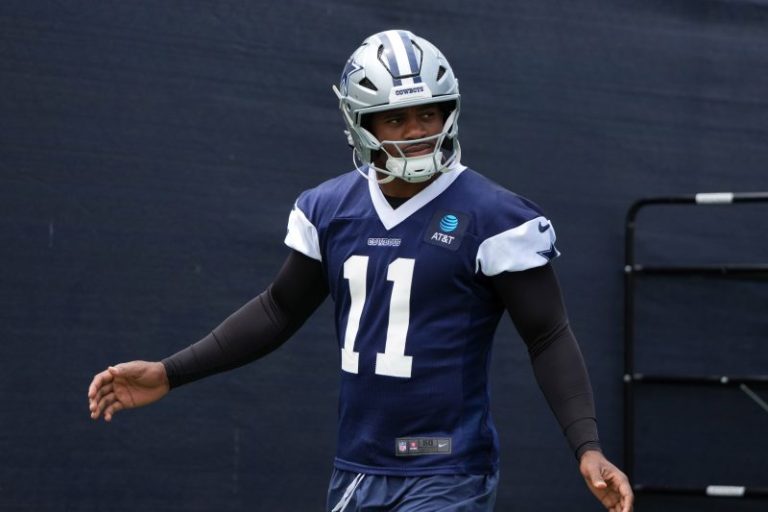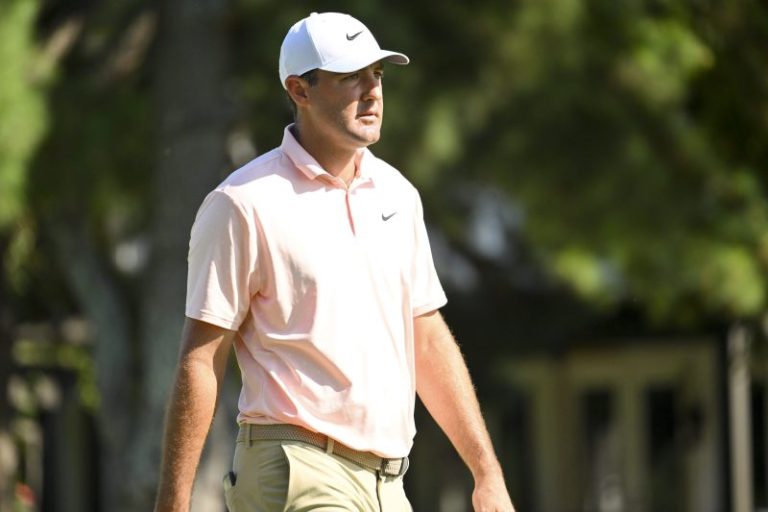The Phoenix Mercury overwhelmed the Indiana Fever 95-60 at PHX Arena on Thursday night, extending their winning streak to three straight.
Alyssa Thomas became the first player in WNBA history to record three consecutive triple-doubles. She had 18 points, 11 rebounds and 10 assists in the victory.
Thomas told the Amazon Prime broadcast after the game that she was happy with the victory and wanted to share the credit with her teammates.
‘We are super dangerous,’ Thomas said. ‘We lost to (the Fever) a week ago, but today was about us and our defense.’
The Mercury won the turnover battle 20-13.
DeWanna Bonner made her presence felt throughout the game, giving the home crowd something to cheer about after scoring a game-high 23 points against her former team. Bonner was waived by the Fever earlier this season then rejoined the Mercury. She told reporters that things ‘did not work out’ in Indiana.
There were moments throughout the game where things got a bit chippy between Bonner and former teammate Sophie Cunningham, who previously spent six years in Phoenix.
Cunningham led the Fever with 18 points in the loss.
The Fever have lost back-to-back games after having their five-game winning streak snapped in Los Angeles earlier in the week. The Fever were once again without Caitlin Clark, who missed her ninth consecutive game due to a groin strain.
Here’s what you missed on Thursday night.
Fever vs. Mercury highlights
Final: Mercury 95, Fever 60
Alyssa Thomas produced her third consecutive triple-double in the victory over the Fever. Thomas had 18 points, 11 rebounds and 10 assists in the victory. Satou Sabally nearly produced a double-double with 15 points and eight rebounds.
3Q: Mercury 73, Fever 47
Sophie Cunningham tried to will the Fever back into the game against the Mercury, but Phoenix proved to be too much and only built upon its lead. The Mercury went on a 19-2 scoring run during the quarter.
Cunningham has a career-high 18 points after shooting 6-for-8 from the field and 5-for-7 from the 3-point line.
Alyssa Thomas leads the Mercury with 18 points through the first three quarters. Satou Sabally has added 16 points and DeWanna Bonner has scored 14 points.
Halftime: Mercury 47, Fever 36
Satou Sabally and Alyssa Thomas have played a big role in the early lead for the Mercury in the first half. Both players have 10 points and six rebounds. DeWanna Bonner has nine points off the bench for Phoenix. Sophie Cunningham led the Fever with 12 points.
1Q: Mercury 26, Fever 16
Satou Sabally had eight points and two rebounds for the Mercury in the first quarter. She made all three of her shot attempts from the field and went 2-for-2 from the free-throw line.
Alyssa Thomas added six points, three rebounds, two assists and two steals for Phoenix in the opening period.
Kelsey Mitchell had a team-high eight points, a rebound and a steal for the Fever.
Sydney Colson suffers injury
Sydney Colson went down with a leg injury after trying to track down the basketball near the Fever’s bench on the sideline.
Colson’s teammates surrounded her while she was being evaluated on the court before she was helped back to the locker room by athletic trainer Todd Champlin and forward Bri Turner.
She was officially ruled out for the game with a left leg injury, according to an update shared by the Fever on their official X account.
The 11-year veteran celebrated her birthday on Wednesday.
Caitlin Clark is not available for Indiana Fever
Indiana Fever star Caitlin Clark did not play against the Phoenix Mercury on Thursday.
Clark has now missed nine consecutive games, including Thursday’s game, due to a right groin injury. She suffered the injury in the Fever’s win over the Connecticut Sun on July 15. There’s still no official timetable for her return, but she continues to support her teammates from the bench.
What time is Indiana Fever vs. Phoenix Mercury?
The Phoenix Mercury will host the Indiana Fever at 10 p.m. ET on Thursday, Aug. 7 at PHX Arena in Phoenix. The game will be streamed nationally on Prime Video.
How to watch Indiana Fever vs. Phoenix Mercury: TV, stream
- Time: 10 p.m. ET (7 p.m. PT)
- Location: PHX Arena (Phoenix, AZ)
- Streaming: Prime Video
This post appeared first on USA TODAY










